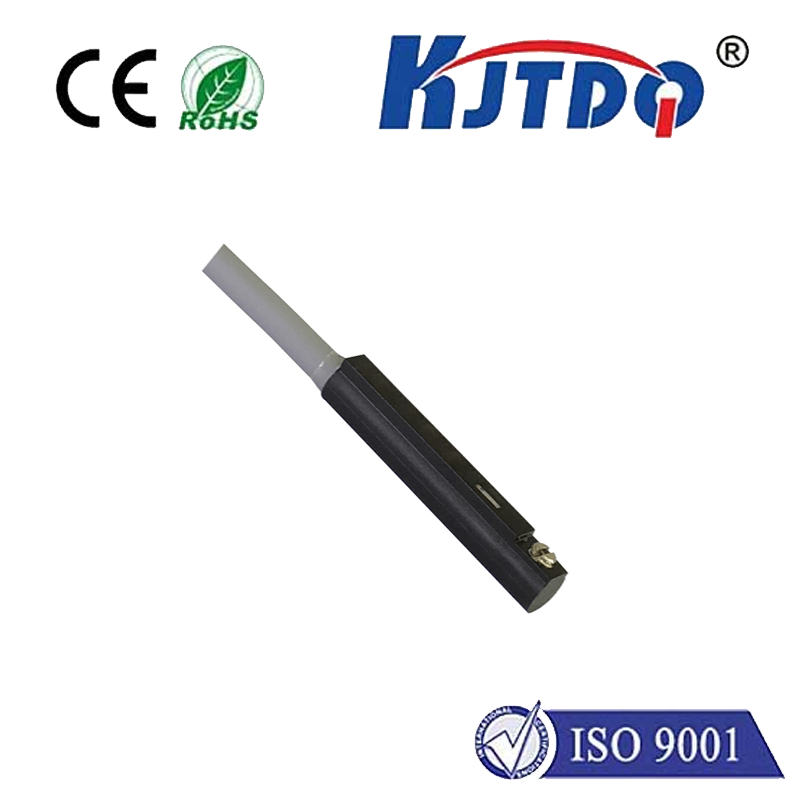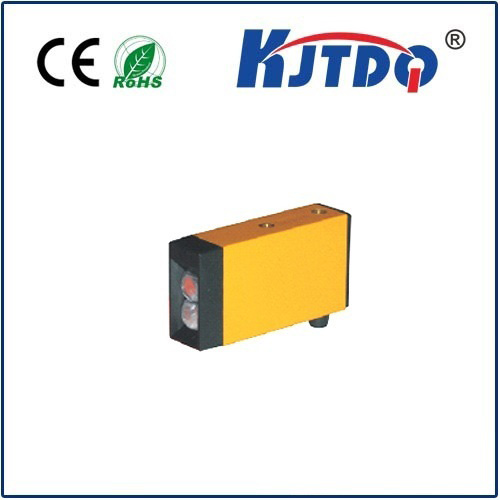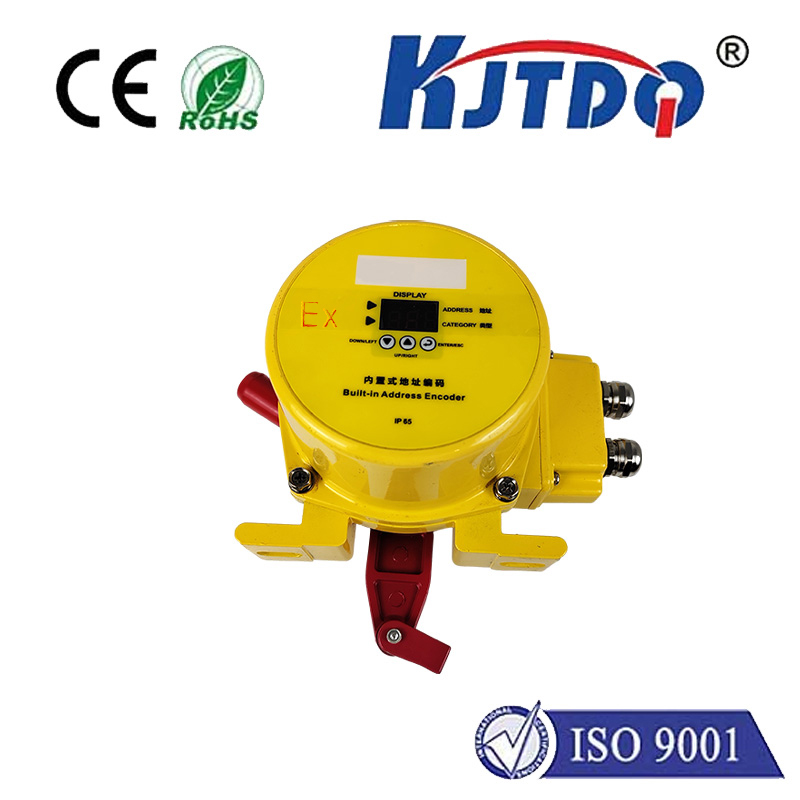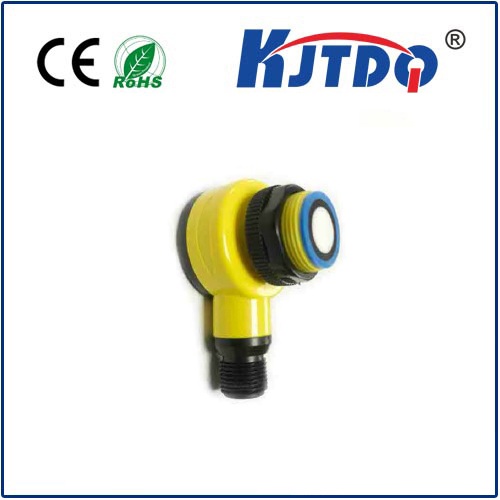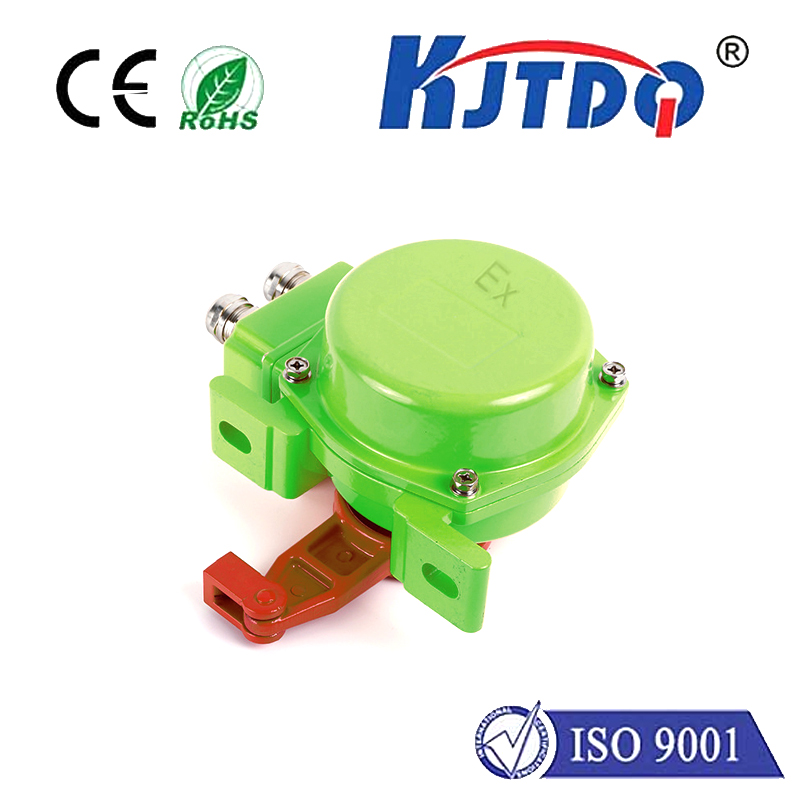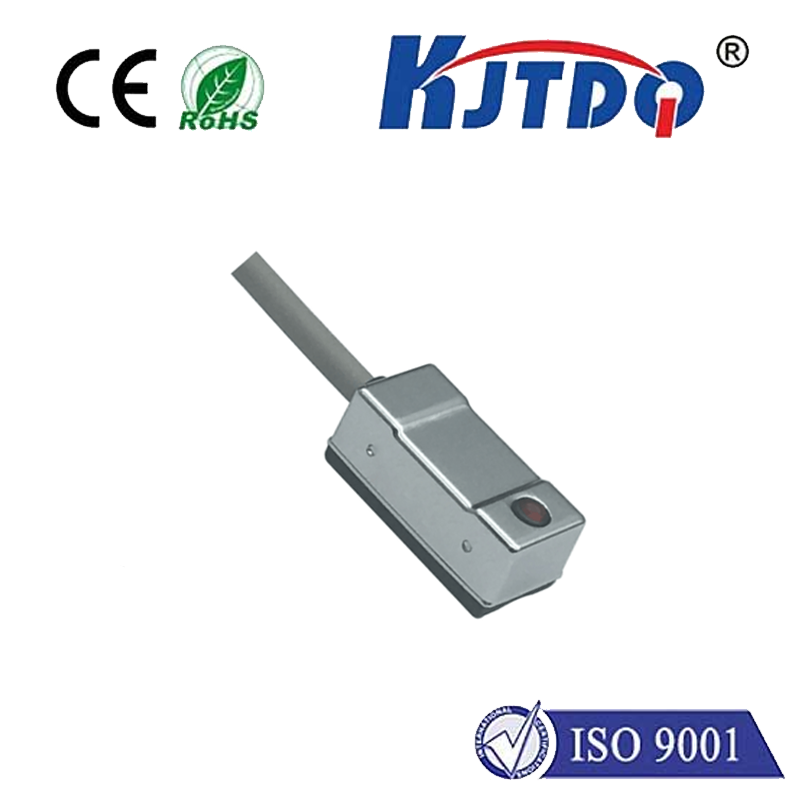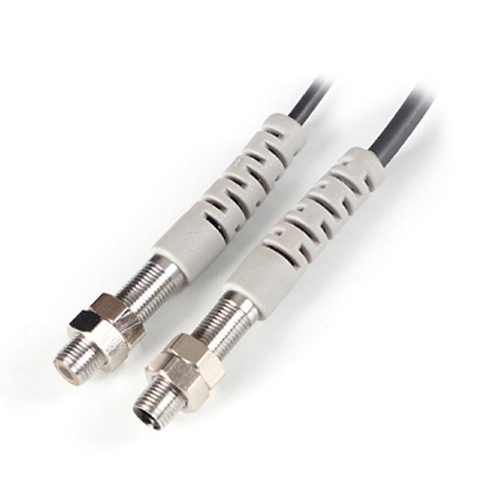

check

check

check

check

check

check

check

check

check

check
In today's rapidly evolving technological landscape, the role of linear proximity sensors cannot be overstated. These devices, also known as ultrasonic sensors, have transformed the way we perceive our environment, enabling us to detect and monitor objects or people in real-time with unprecedented accuracy and speed.
Linear proximity sensors work by emitting a high-frequency sound wave that travels through the air and reflects off any object in its path. The time it takes for the sound wave to bounce back is then used to calculate the distance between the sensor and the object. By repeating this process, the sensor can create a map of its surroundings, providing valuable insights into the location and movement of objects within a given space.
One of the primary benefits of linear proximity sensors is their ability to detect objects regardless of their size, shape, or texture. This makes them ideal for use in a wide range of applications, from industrial automation and robotics to healthcare and security. For example, in industrial settings, linear proximity sensors can be used to monitor the position and status of machines, ensuring efficient operation and reducing downtime. In healthcare, they can be employed to track the movements of patients, enhancing patient safety and improving care quality.
Moreover, linear proximity sensors are highly versatile and customizable, allowing them to be integrated into a variety of devices and systems. They can be used standalone or alongside other sensors or data sources, providing users with a comprehensive view of their environment. This flexibility makes them an attractive option for businesses looking to streamline their operations and improve overall efficiency.
However, despite their many advantages, linear proximity sensors still face some challenges. One such challenge is their susceptibility to interference from other electronic devices or environmental factors such as noise and vibration. As such, developers must take careful measures to ensure optimal performance and reliability when incorporating these sensors into their designs.
In conclusion, linear proximity sensors have revolutionized the way we interact with our physical environment, offering unprecedented levels of precision and control over our surroundings. As technology continues to advance, we can expect these devices to play an increasingly integral role in shaping our world.

